

Articles
How To Stop A Old Chimney Sweating
Modified: January 8, 2024
Learn effective strategies and techniques to prevent an old chimney from sweating with our informative articles. Stay informed and keep your fireplace in optimal condition.
(Many of the links in this article redirect to a specific reviewed product. Your purchase of these products through affiliate links helps to generate commission for Storables.com, at no extra cost. Learn more)
Introduction
Chimneys have been used for centuries to provide ventilation and expel smoke from fireplaces and stoves. However, they can sometimes encounter a problem known as chimney sweating. This occurs when the temperature inside the chimney is lower than the temperature outside, causing condensation to form on the inner walls.
Chimney sweating may seem like a minor inconvenience, but it can lead to more serious issues if left unchecked. Excess moisture in the chimney can seep into the masonry, leading to structural damage, deterioration, and even mold growth. Additionally, the presence of moisture can reduce the efficiency and effectiveness of your chimney, affecting the performance of your fireplace or stove.
To prevent these problems and ensure the proper functioning of your chimney, it is important to address chimney sweating as soon as you notice it. In this article, we will explore the causes of chimney sweating and discuss various methods to stop it.
First, let’s take a closer look at the factors that contribute to chimney sweating.
Key Takeaways:
- Prevent chimney sweating by improving ventilation, insulating the chimney, installing a chimney cap, and regular cleaning and maintenance. Addressing these factors ensures a functional and safe chimney for your fireplace or stove.
- Address underlying issues such as lack of insulation and poor ventilation to effectively stop chimney sweating. By taking proactive measures and implementing preventive solutions, you can enjoy the warmth and comfort of your fireplace without worrying about excess moisture.
Read more: How Old Were Chimney Sweeps
Understanding chimney sweating
Chimney sweating occurs when warm, moist air from inside the house meets the colder surfaces of the chimney, causing condensation to form. There are several reasons why this phenomenon may occur:
- Differential temperature: When the temperature inside the chimney is significantly lower than the temperature outside, condensation is more likely to form. This temperature difference can be caused by factors such as weather conditions, lack of insulation, or inadequate ventilation.
- Poor insulation: If your chimney lacks proper insulation, it becomes more susceptible to temperature fluctuations. Without insulation, the warm air from inside the house can easily come into contact with the cold chimney surfaces, leading to condensation.
- Inadequate ventilation: Proper ventilation is crucial to maintaining the ideal balance of airflow in the chimney. Insufficient ventilation can cause moisture to become trapped inside the chimney, increasing the likelihood of condensation.
- Appliances and fuel type: Certain appliances, such as high-efficiency furnaces or wood-burning stoves, produce more moisture during operation. The type of fuel used can also impact the amount of moisture produced. If your chimney is not properly equipped to handle these factors, it can lead to chimney sweating.
Now that we have an understanding of the causes of chimney sweating, let’s move on to the steps you can take to address this issue.
Checking for common causes
Before you can effectively address chimney sweating, it is important to identify and address any underlying issues that may be contributing to the problem. Here are some common causes to check for:
- Lack of insulation: Insufficient insulation in the chimney can lead to temperature differentials that promote condensation. Inspect the chimney for any gaps or areas where insulation may be lacking. Adding insulation can help regulate the temperature inside the chimney and prevent condensation.
- Poor ventilation: Inadequate ventilation can trap moisture inside the chimney, increasing the likelihood of condensation. Check for any obstructions or blockages that may be preventing proper airflow. Ensure that the chimney has adequate venting and consider installing a ventilator or fan to improve circulation.
- Leaky flashing or chimney cap: Damaged or worn flashing around the base of the chimney or a missing or broken chimney cap can allow water to enter the chimney, contributing to moisture buildup and condensation. Inspect the flashing and cap and make any necessary repairs or replacements.
- Improperly sized chimney: If your chimney is too large for the fireplace or stove it is serving, it may not provide sufficient draft, leading to poor airflow and increased condensation. Consult with a professional to determine if your chimney is properly sized for your appliance.
- Improper fuel usage: Certain fuels, such as unseasoned or wet wood, produce more moisture when burned. Ensure that you are using dry and properly seasoned wood or appropriate fuel for your specific appliance.
By thoroughly checking for these common causes and addressing any issues that you find, you can effectively eliminate or reduce the factors contributing to chimney sweating. In the next sections, we will explore methods for improving ventilation, insulating the chimney, and implementing other solutions to stop chimney sweating.
Improving ventilation in the chimney area
One effective method to combat chimney sweating is by improving ventilation in the chimney area. By allowing for better airflow, you can reduce the temperature differentials that contribute to condensation. Here are some ways to achieve better ventilation:
- Clean the chimney: A buildup of debris or soot can restrict airflow in the chimney and impede proper ventilation. Regular chimney cleaning is essential to remove any obstructions and ensure optimal airflow.
- Install a chimney liner: A chimney liner can improve airflow and help regulate the temperature inside the chimney. It acts as a barrier between the warm air and the cold chimney walls, reducing the chances of condensation. Consider installing a stainless steel or aluminum liner that is properly sized for your chimney.
- Open dampers and flues: Make sure the dampers and flues are fully open when the fireplace or stove is in use. This allows for better ventilation and helps expel the moist air from the chimney.
- Add a ventilator or fan: Installing a ventilator or fan in the chimney or near the fireplace can help improve airflow and enhance ventilation. These devices can draw out moisture-laden air and promote proper circulation. Consult with a professional to determine the best type and location for your specific setup.
- Consider a top-sealing damper: A top-sealing damper is located at the top of the chimney and provides a tight seal when closed, preventing cold outside air from entering the chimney during periods of inactivity. When opened, it allows for proper ventilation during use. This can help regulate the temperature inside the chimney and reduce condensation.
Improving ventilation in the chimney area is an effective way to minimize condensation and prevent chimney sweating. By implementing these measures, you can promote better airflow and create an environment that discourages excess moisture buildup.
In the next section, we will discuss the importance of insulating the chimney to further combat chimney sweating.
Ensure proper ventilation in the chimney to prevent condensation. Install a chimney cap to keep out rain and snow. Consider insulating the chimney to reduce temperature fluctuations.
Insulating the chimney
Insulating the chimney is another crucial step in preventing chimney sweating. Proper insulation helps maintain a consistent temperature inside the chimney, reducing the potential for condensation. Here are some insulation methods to consider:
- Chimney liner insulation: If your chimney has a liner, consider adding insulation around it. This can be done by wrapping insulation material, such as insulation blankets or sleeves, around the liner. The insulation helps retain heat and prevents the chimney walls from becoming cold and causing condensation.
- Chimney wall insulation: Insulating the walls of the chimney can also help regulate temperature and reduce condensation. There are various insulation materials available, such as rigid board insulation or spray foam insulation, that can be applied to the inside walls of the chimney. Consult with a professional to determine the most appropriate insulation method for your chimney.
- Insulated chimney jacket: Another option is to install an insulated chimney jacket. This is a specially designed cover that wraps around the exterior of the chimney and helps reduce heat loss. The insulation in the jacket prevents the chimney from cooling down significantly and minimizes the likelihood of condensation.
When insulating the chimney, it is crucial to ensure that the insulation materials used are appropriate for the specific requirements of your chimney and comply with local building codes. Hiring a professional chimney technician or contractor can help ensure that the insulation is installed correctly and effectively.
Insulating the chimney not only helps prevent chimney sweating but also improves the overall efficiency and performance of your fireplace or stove. It reduces heat loss and ensures that the heat produced by your appliance is effectively transferred to your living space.
In the next section, we will explore the benefits of installing a chimney cap to further address chimney sweating.
Read more: What To Do With An Old Chimney
Installing a chimney cap
Installing a chimney cap can be an effective solution to prevent chimney sweating and address other chimney-related issues. A chimney cap is a protective covering that sits on top of the chimney opening, providing several benefits:
- Preventing water ingress: A chimney cap acts as a barrier, preventing rainwater, snow, and debris from entering the chimney. By keeping moisture out, it helps prevent excess moisture buildup and reduces the chances of chimney sweating.
- Blocking downdrafts: Chimney caps are designed with features like mesh screens or dampers that prevent downdrafts caused by strong winds. Downdrafts can push cold outside air into the chimney, contributing to condensation. A chimney cap helps maintain a consistent airflow and temperature inside the chimney.
- Preventing animal intrusion: Chimneys without proper covers can become entry points for birds, squirrels, raccoons, and other animals. These animals can bring in nesting materials, create blockages, and contribute to moisture problems. A chimney cap with a mesh screen acts as a barrier against animal intrusion, protecting your chimney from damage and preventing potential moisture issues.
- Reducing heat loss: A chimney cap with insulation or a tight seal can help reduce heat loss through the chimney. By preventing warm air from escaping, it helps maintain a consistent temperature inside the chimney, minimizing the potential for condensation.
When choosing a chimney cap, consider one that is made of durable materials, such as stainless steel or copper, to ensure longevity and effectiveness. It’s important to measure the dimensions of your chimney correctly to select the appropriate cap size.
Professional installation of a chimney cap is recommended to ensure proper fitting and function. Chimney professionals have the expertise to assess the specific needs of your chimney and recommend the most suitable cap design for your situation.
By installing a chimney cap, you can enhance the functionality of your chimney, protect against chimney sweating, and prevent various other chimney-related issues.
In the next section, we will discuss the importance of cleaning and maintaining the chimney to further prevent chimney sweating.
Cleaning and maintaining the chimney
Regular cleaning and maintenance of the chimney are essential not only for the prevention of chimney fires but also to address chimney sweating. Here are some important steps to follow:
- Annual chimney inspection: It is recommended to have your chimney inspected by a professional at least once a year. A chimney inspection can identify any potential issues, such as blockages, creosote buildup, or damage, which can contribute to chimney sweating. Addressing these issues promptly can help prevent further moisture-related problems.
- Chimney cleaning: Regular chimney cleaning is crucial to remove creosote, soot, and debris that can accumulate inside the chimney. These substances can obstruct airflow and contribute to condensation. A professional chimney sweep can clean your chimney thoroughly, ensuring optimal performance and reducing the risk of chimney sweating.
- Clearing obstructions: Check for any blockages or obstructions in the chimney, such as leaves, twigs, or animal nests. These obstructions can hinder proper airflow and contribute to moisture buildup. Clearing them regularly helps maintain good ventilation and prevents chimney sweating.
- Monitoring chimney operation: Pay attention to how your chimney operates during use. Look for signs of excessive smoke, unusual odors, or poor draft. These can indicate underlying issues that may contribute to chimney sweating. If you notice any abnormalities, seek professional assistance to diagnose and address the problem.
- Trimming surrounding trees: If your chimney is surrounded by nearby trees, ensure that branches are trimmed to a safe distance. Falling leaves, twigs, or debris from overhanging branches can find their way into the chimney and cause blockages or moisture buildup.
Regular cleaning and maintenance not only help prevent chimney sweating but also ensure the safety and efficiency of your chimney and fireplace or stove. By staying proactive and addressing any issues promptly, you can prolong the life of your chimney and reduce the chances of moisture-related problems.
Now that we have explored the steps to stop chimney sweating through cleaning and maintenance, let’s conclude our discussion.
Conclusion
Chimney sweating can be a frustrating problem that can lead to structural damage, reduced efficiency, and other issues if left unaddressed. However, by understanding the causes and taking appropriate steps, you can effectively stop chimney sweating and maintain a functional and safe chimney.
Through this article, we have discussed various methods to stop chimney sweating. Improving ventilation in the chimney area, insulating the chimney, installing a chimney cap, and cleaning and maintaining the chimney are all essential steps in preventing condensation and excess moisture buildup.
By checking for common causes, such as lack of insulation or poor ventilation, you can identify and address underlying issues that contribute to chimney sweating. Improving ventilation through regular cleaning, installing a chimney liner, or adding a ventilator or fan can help regulate airflow and temperature, reducing condensation.
Insulating the chimney, either through liner insulation or chimney wall insulation, helps maintain a consistent temperature inside the chimney and prevents cold surfaces that encourage condensation.
Installing a chimney cap provides protection against water ingress, animal intrusion, and downdrafts, while also reducing heat loss and maintaining proper airflow.
Regular cleaning and maintenance of the chimney, including annual inspections and chimney sweeps, help keep the chimney clear of obstructions, such as creosote or debris, that can impede airflow and contribute to chimney sweating.
By following these steps and implementing preventive measures, you can effectively stop chimney sweating, prolong the life of your chimney, and ensure the safe and efficient operation of your fireplace or stove.
Remember, if you are unsure or uncomfortable performing any of these tasks yourself, it’s always best to seek the assistance of a professional chimney technician who can help you address chimney sweating and maintain the optimal performance of your chimney.
By taking proactive measures and addressing chimney sweating promptly, you can enjoy the warmth and comfort of your fireplace or stove without worrying about excess moisture and its potential consequences.
Frequently Asked Questions about How To Stop A Old Chimney Sweating
Was this page helpful?
At Storables.com, we guarantee accurate and reliable information. Our content, validated by Expert Board Contributors, is crafted following stringent Editorial Policies. We're committed to providing you with well-researched, expert-backed insights for all your informational needs.
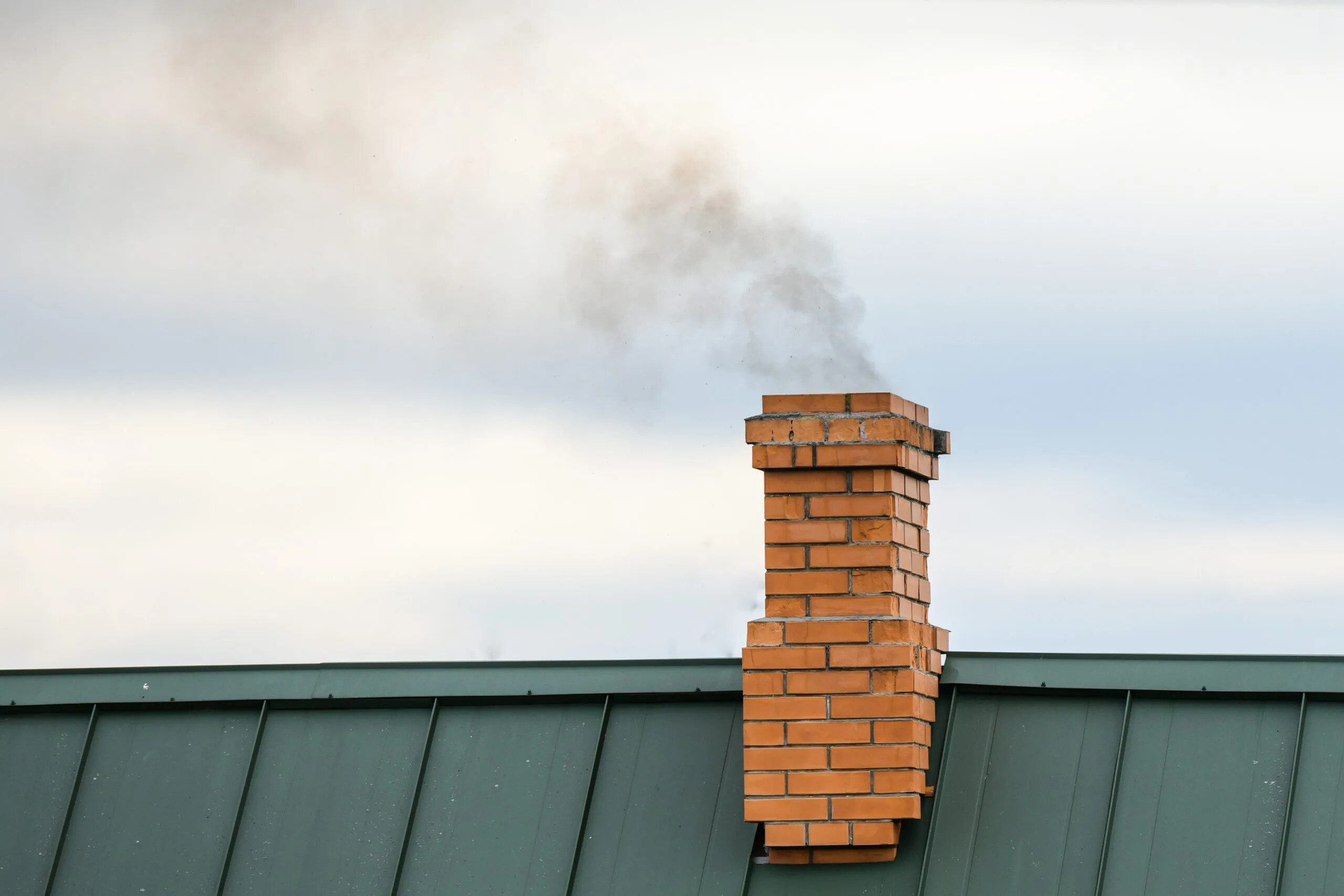
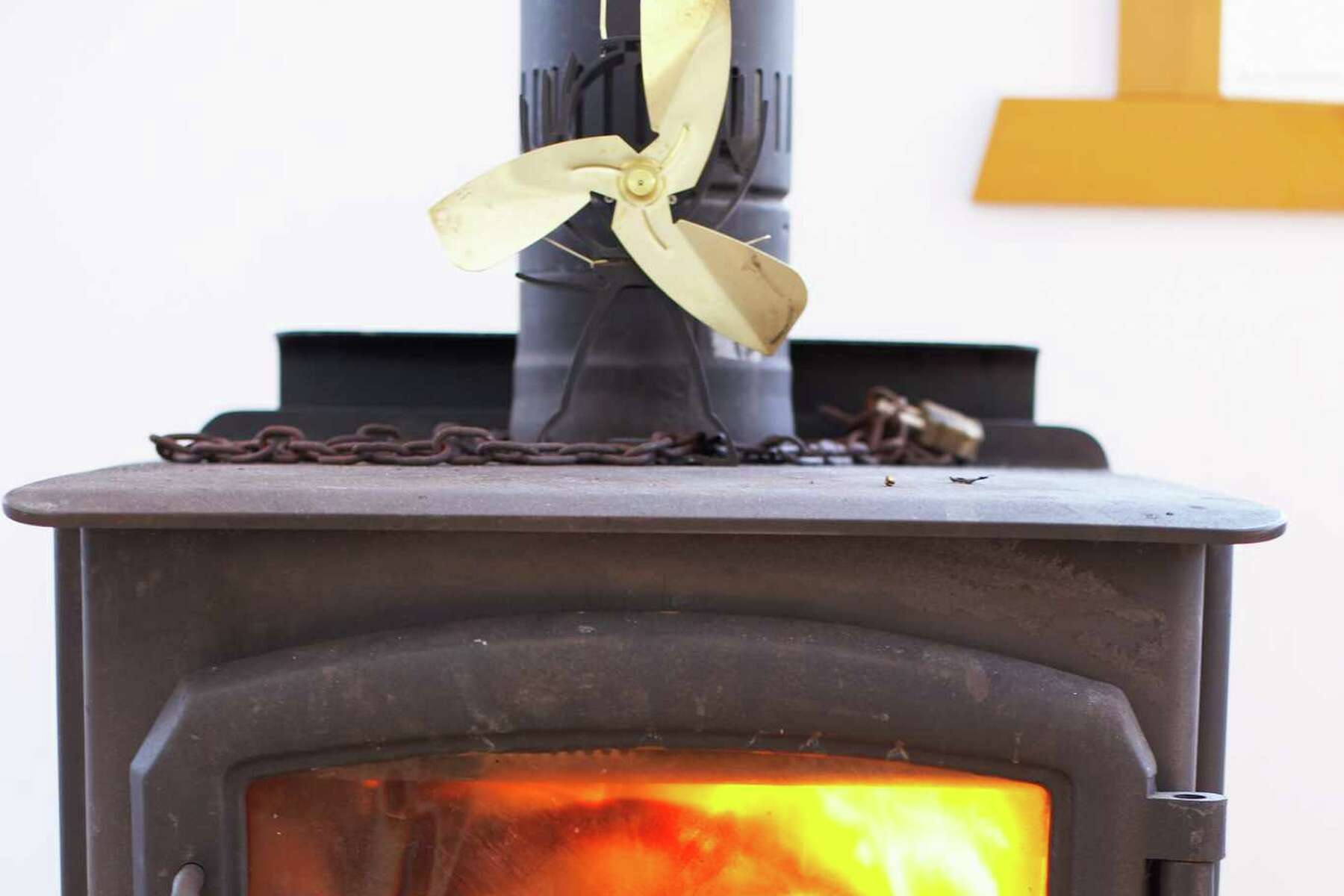
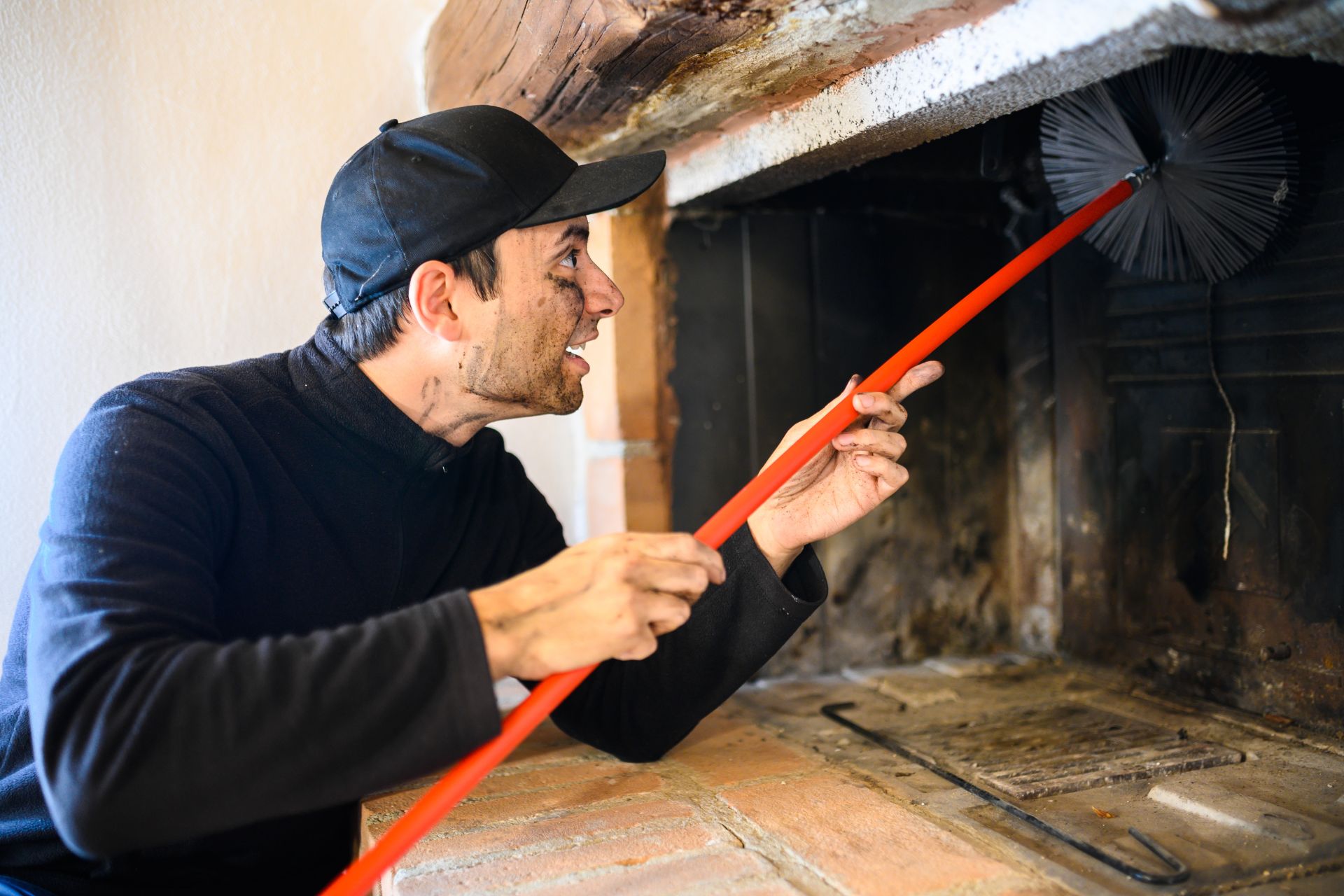
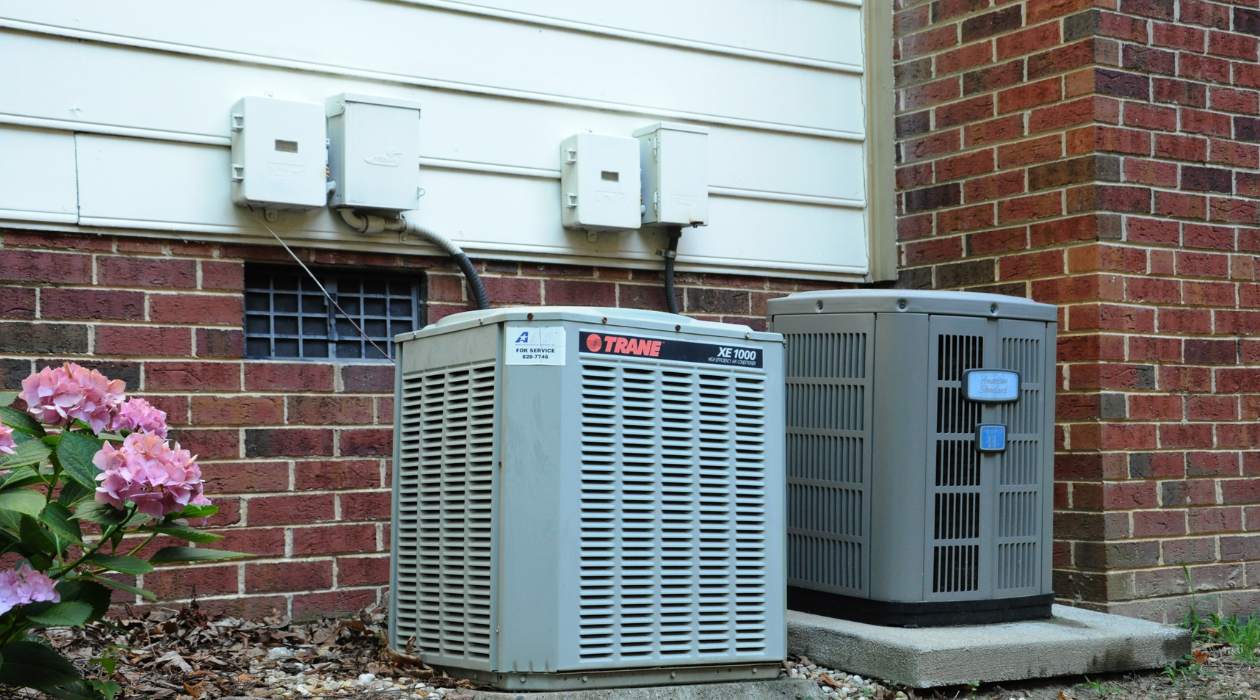
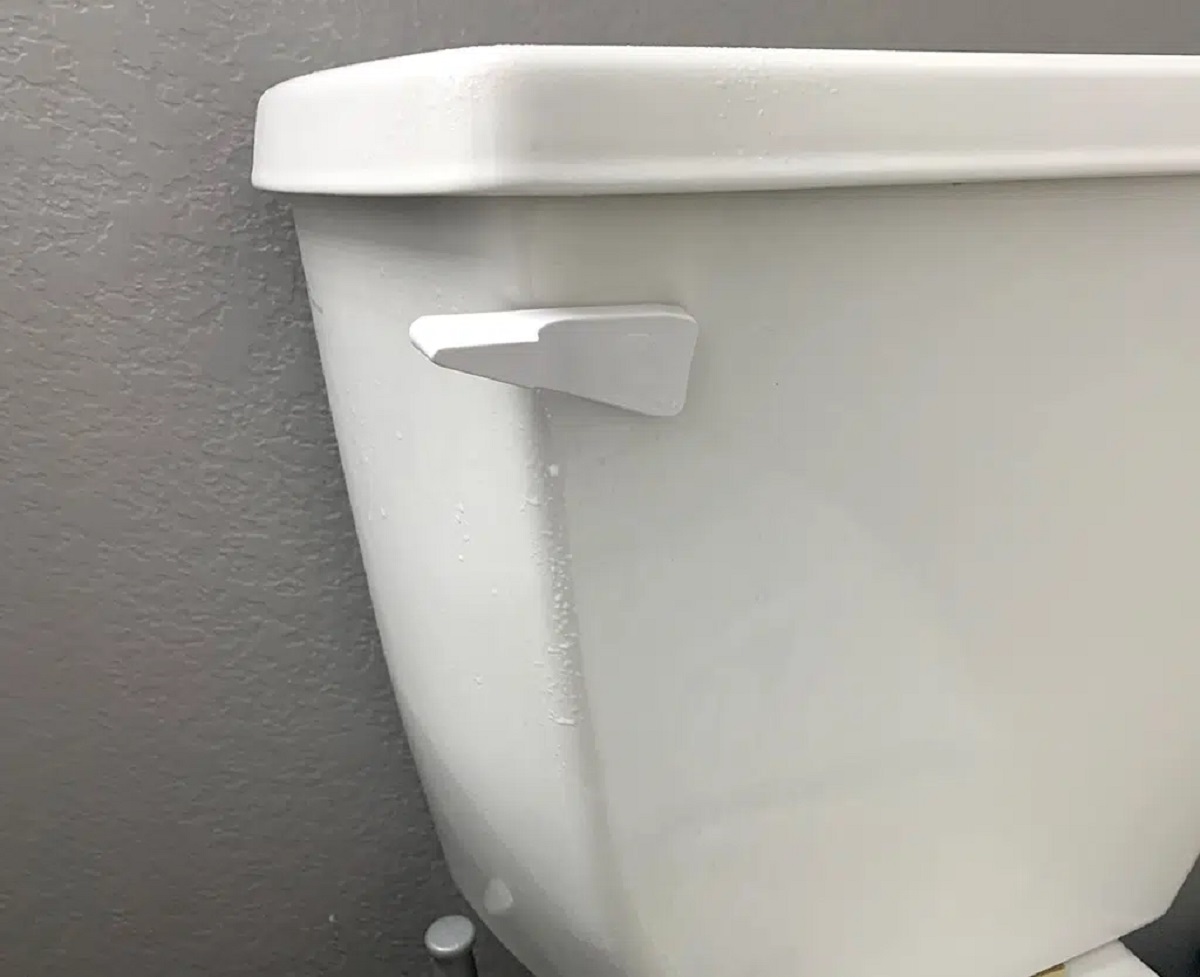
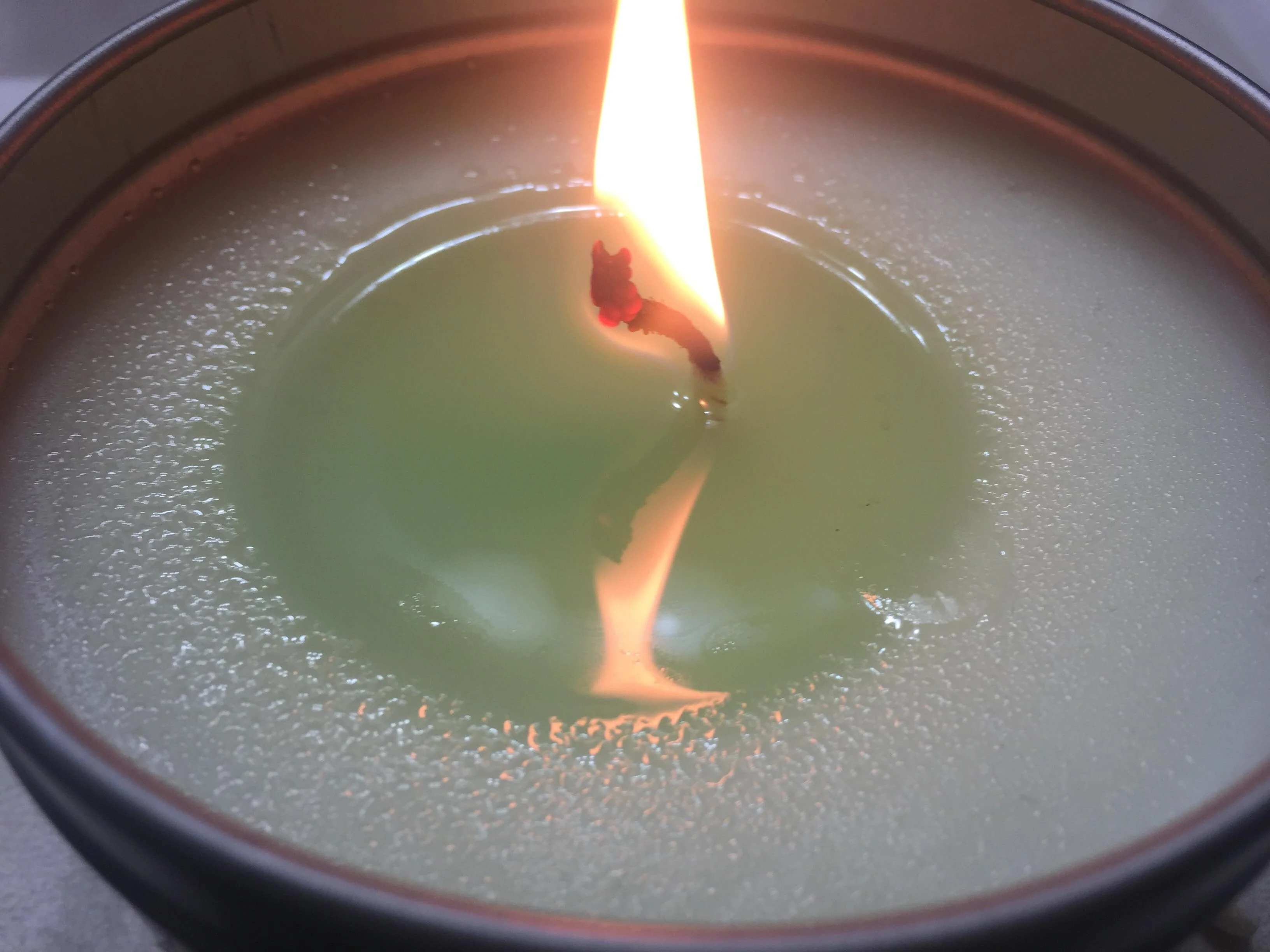
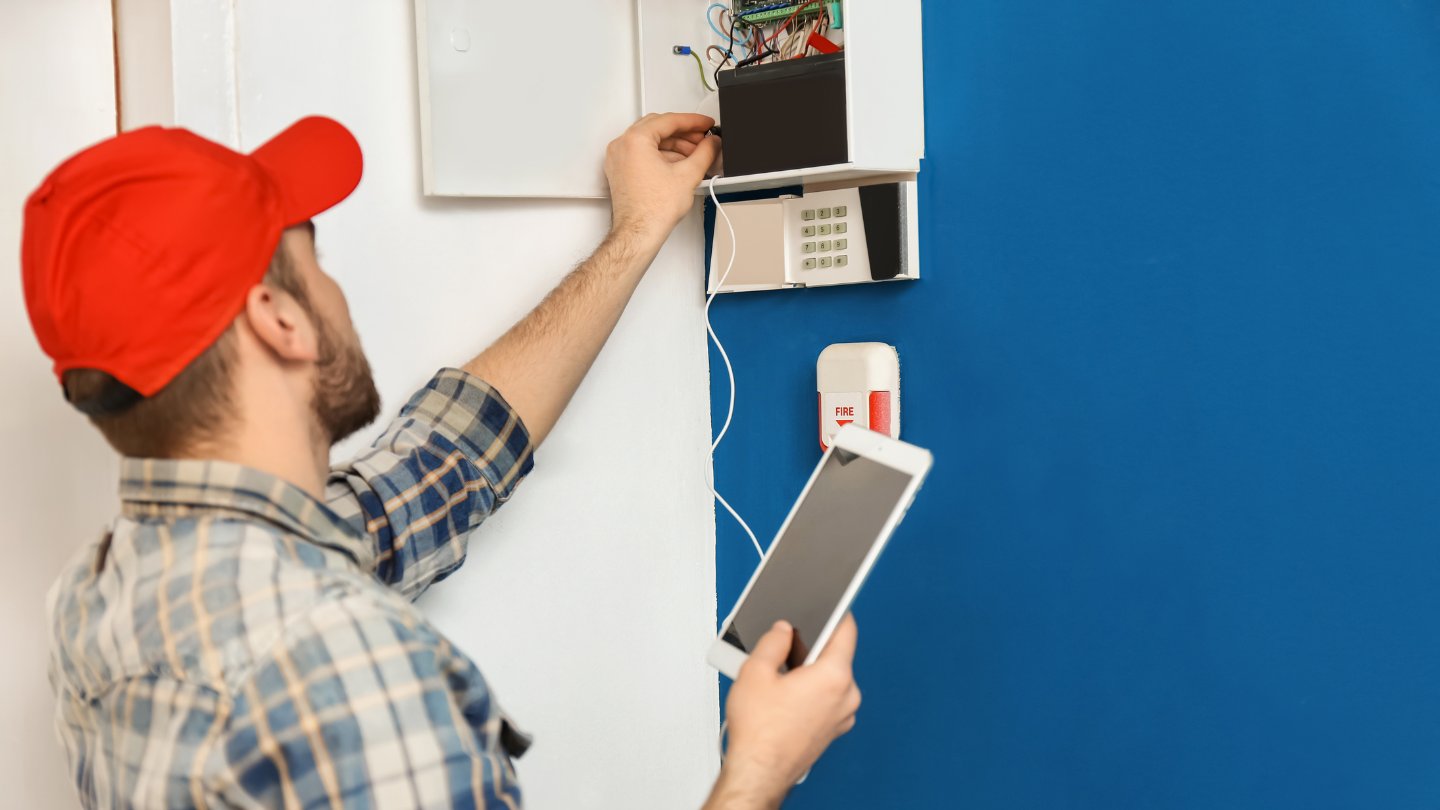
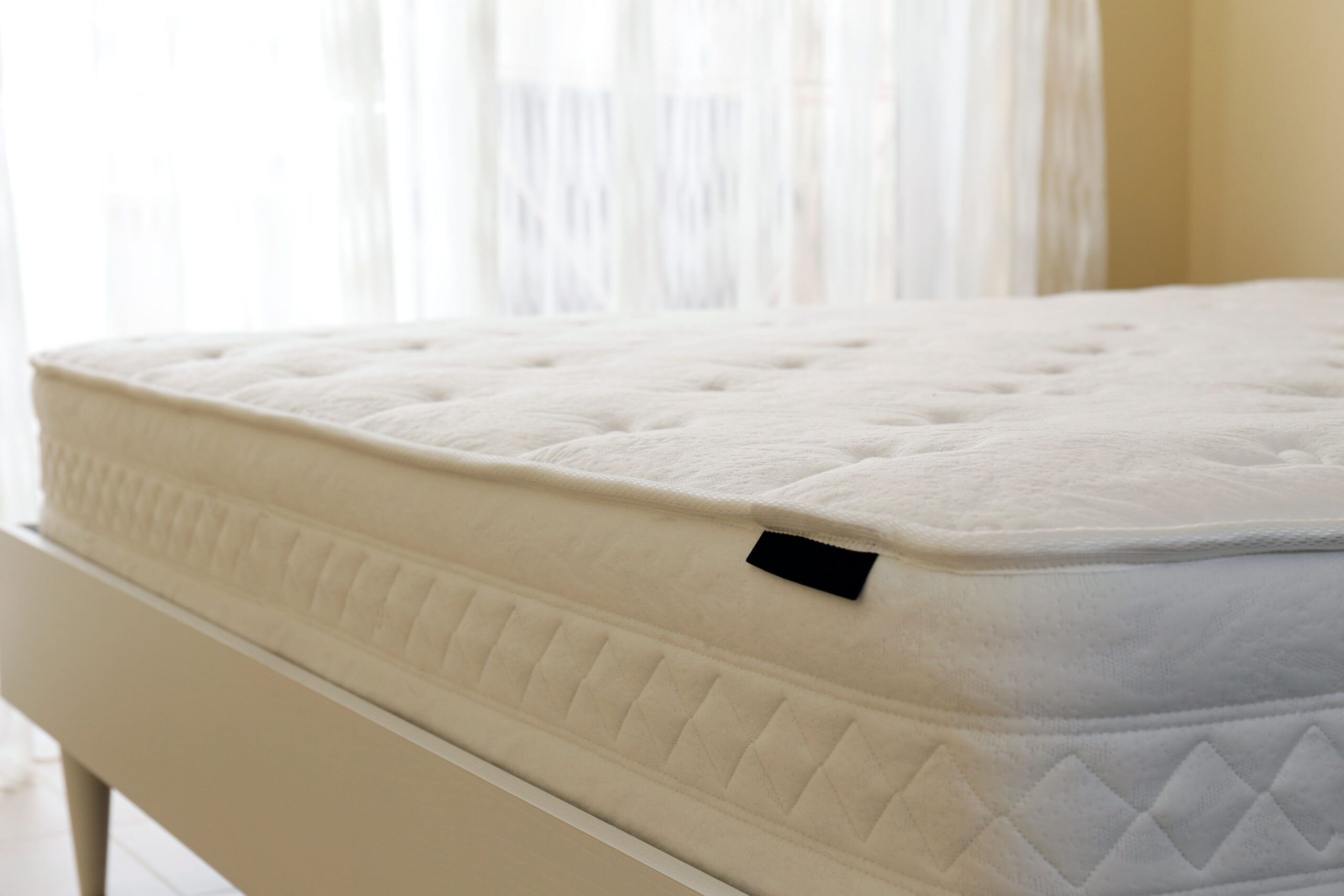
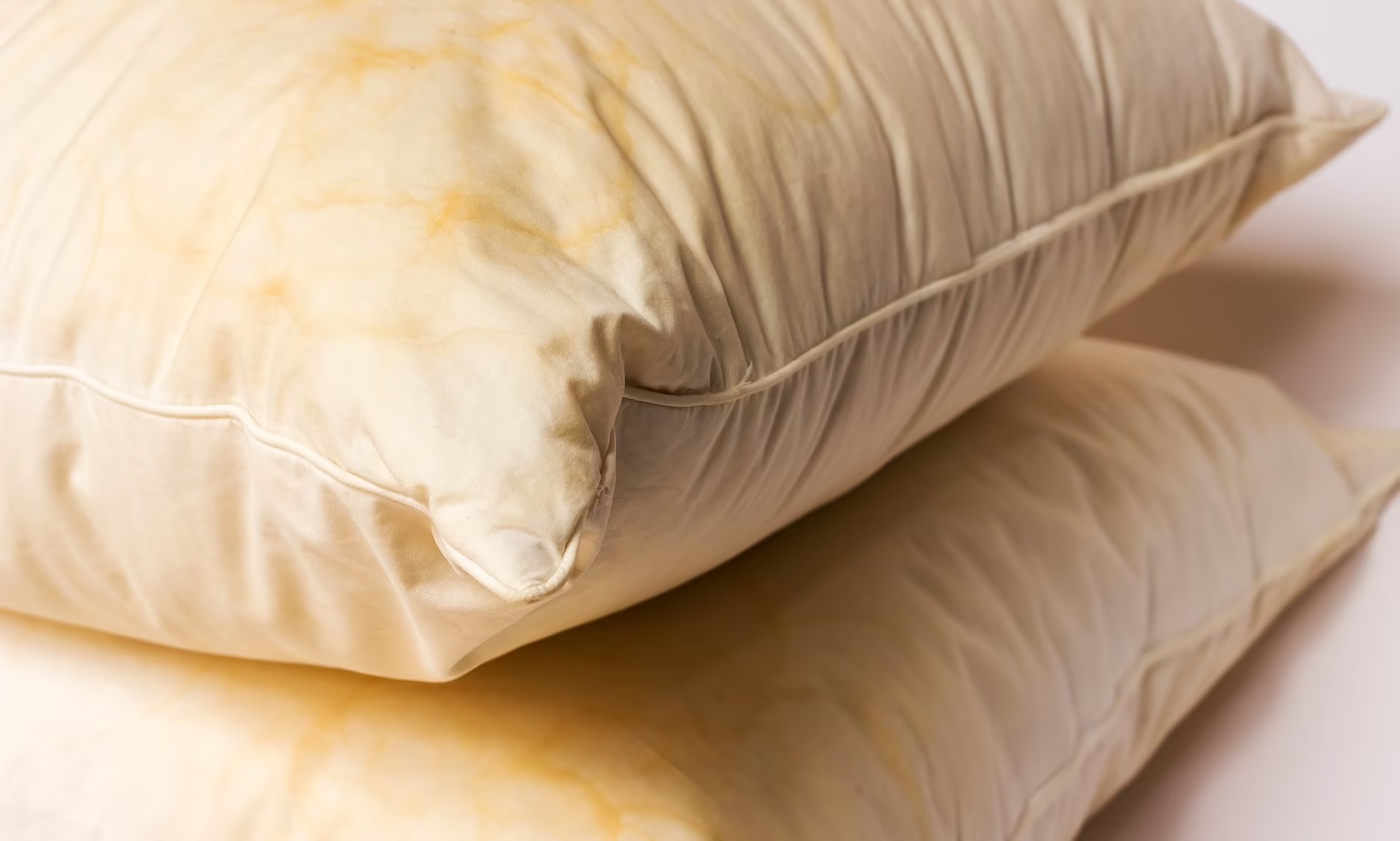
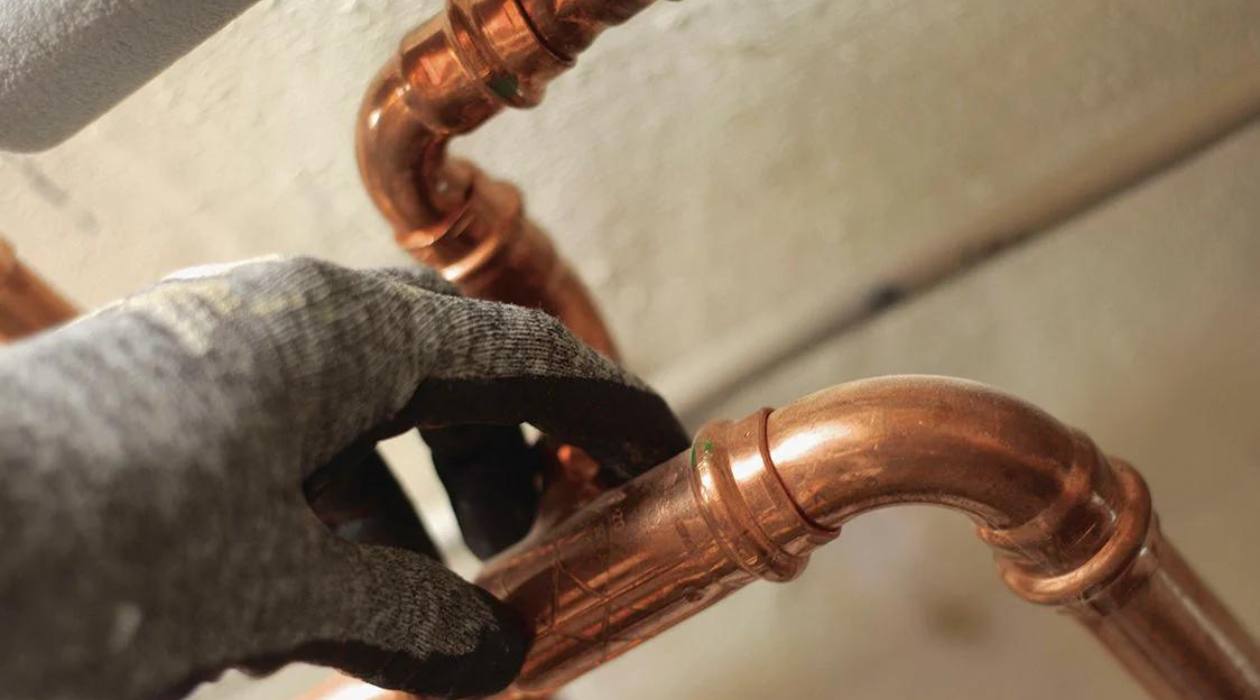
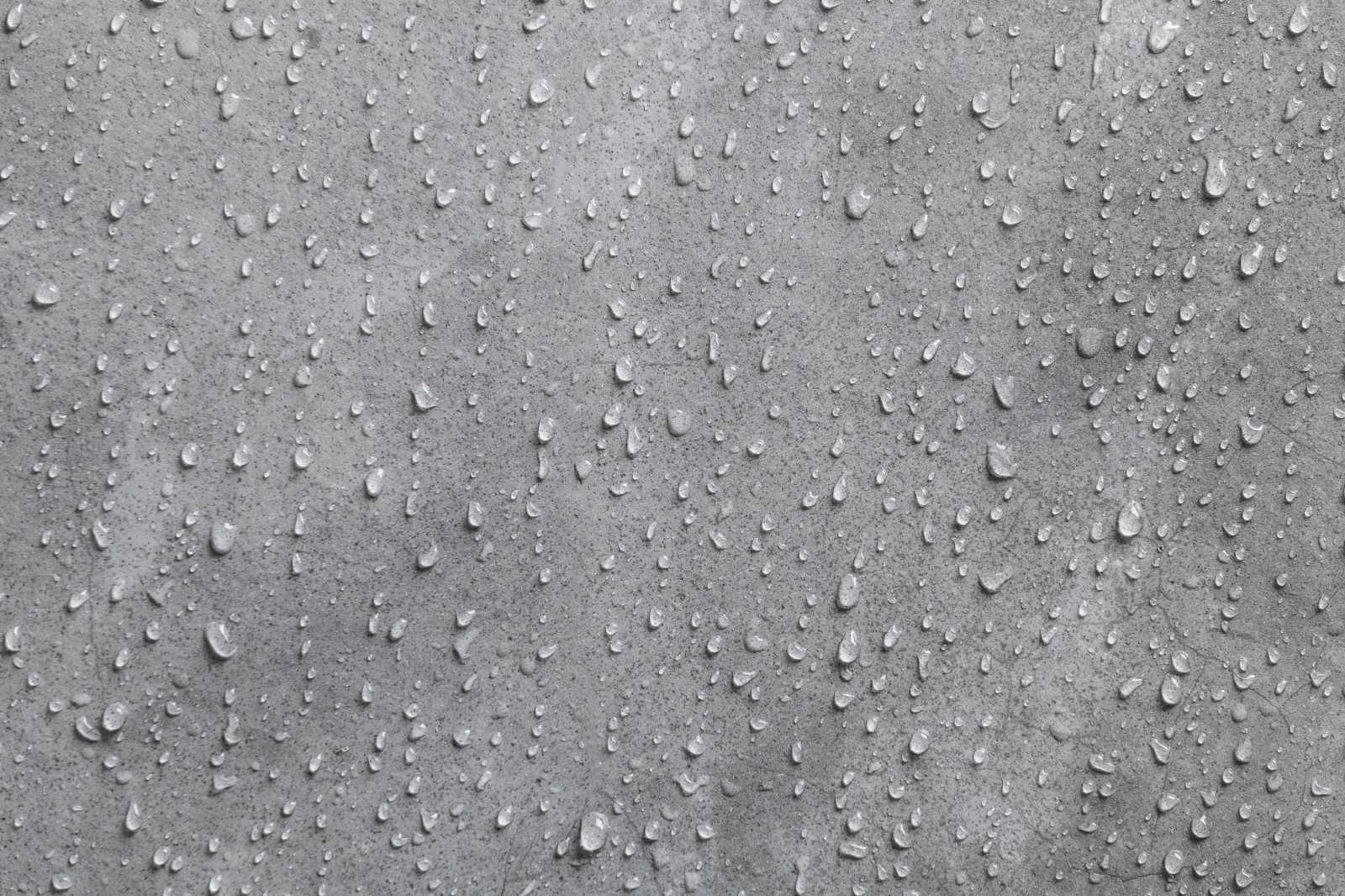
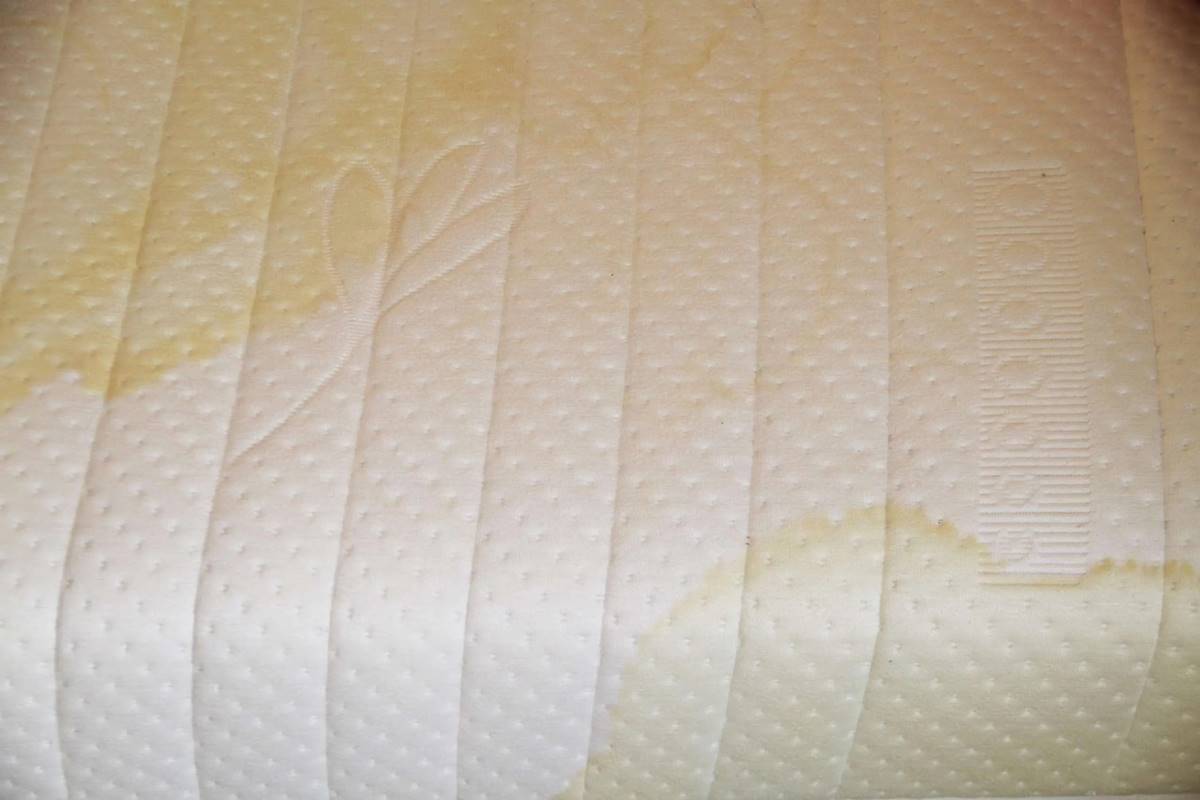
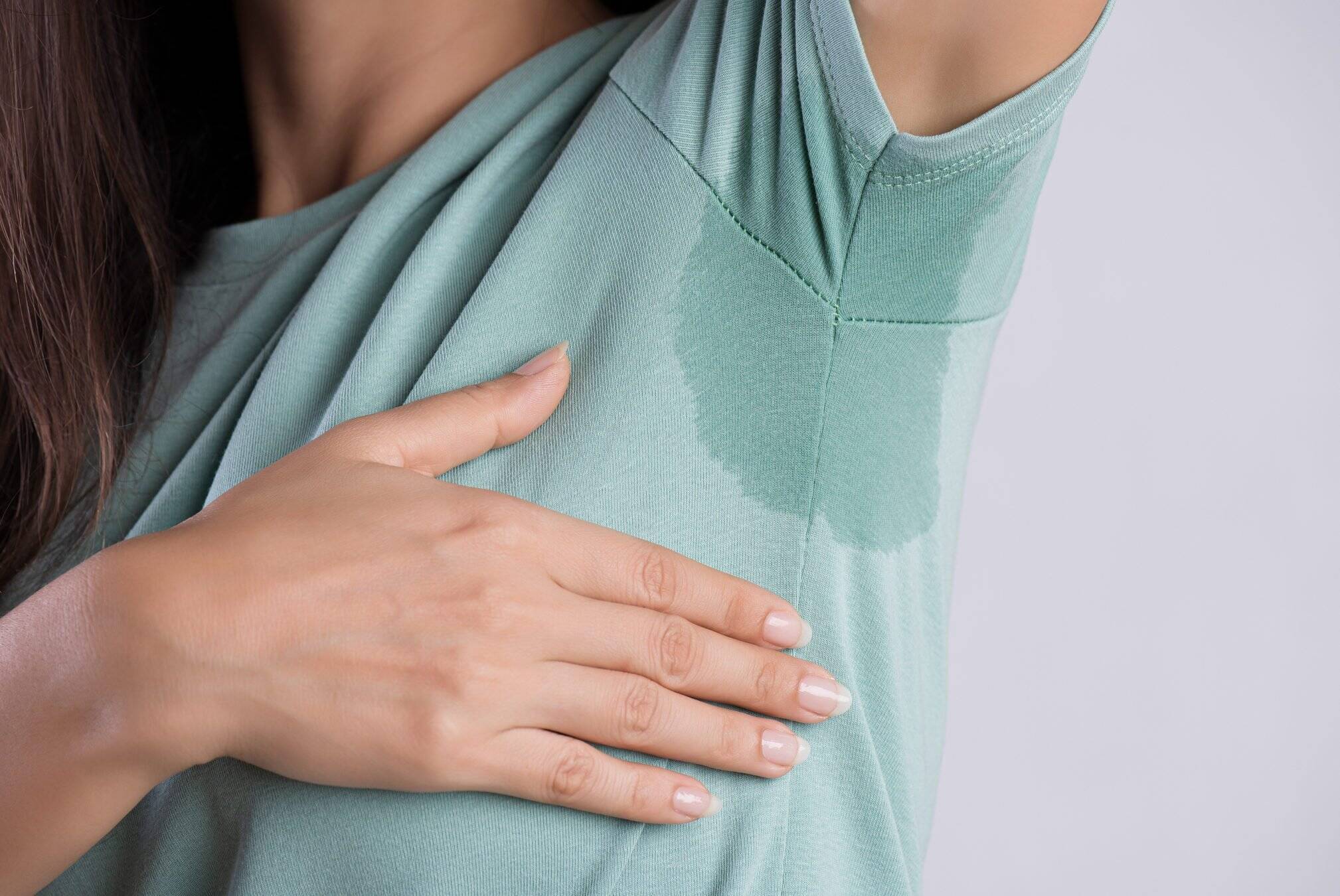
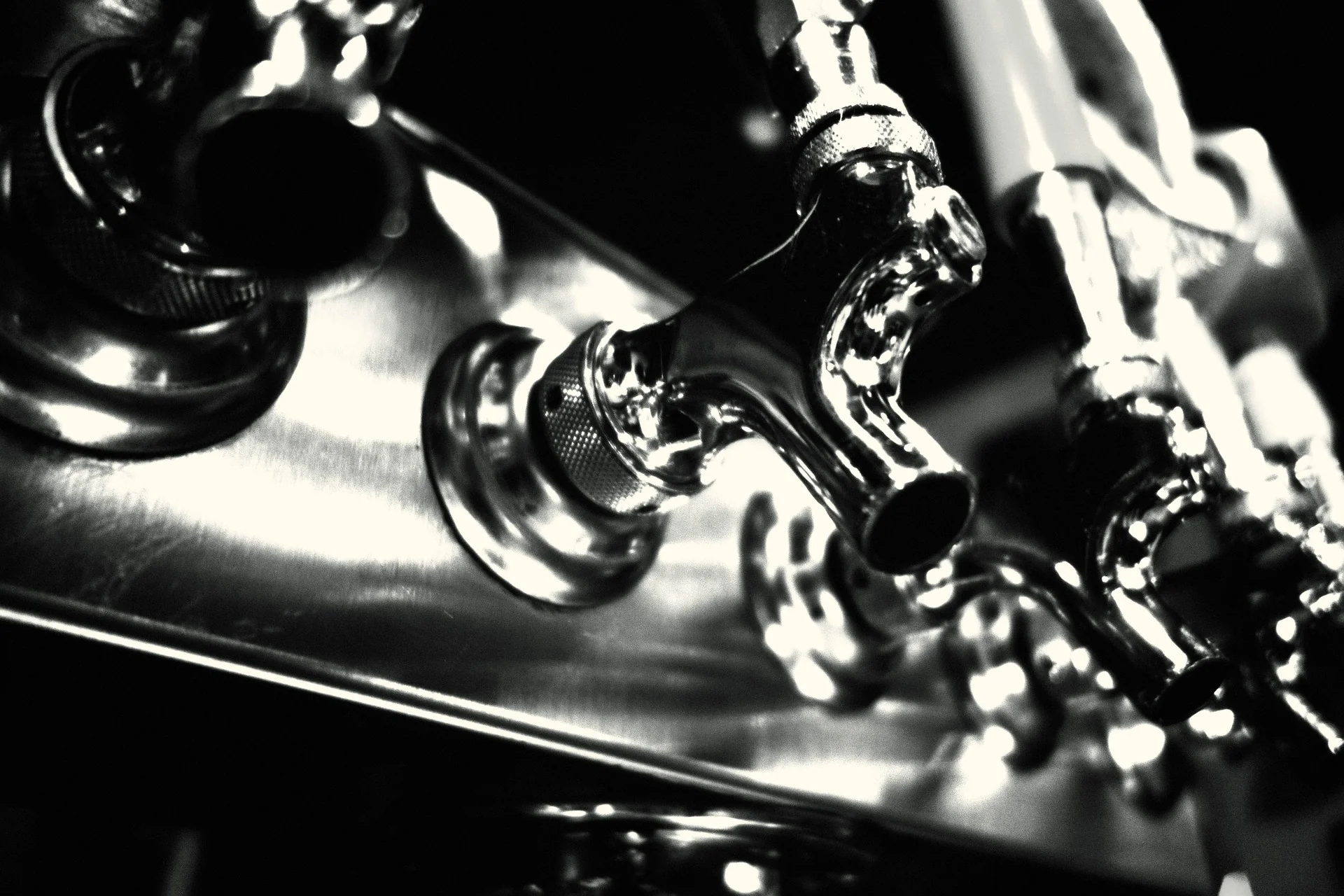

0 thoughts on “How To Stop A Old Chimney Sweating”